
Filter News
Area of Research
- Advanced Manufacturing (11)
- Biology and Environment (4)
- Computational Engineering (1)
- Computer Science (7)
- Energy Science (60)
- Energy Sciences (1)
- Fusion and Fission (1)
- Fusion Energy (1)
- Materials (49)
- Materials for Computing (4)
- National Security (4)
- Neutron Science (17)
- Nuclear Science and Technology (6)
- Quantum information Science (6)
- Supercomputing (24)
News Topics
- (-) 3-D Printing/Advanced Manufacturing (44)
- (-) Energy Storage (30)
- (-) Grid (12)
- (-) Machine Learning (13)
- (-) Nanotechnology (23)
- (-) Physics (21)
- (-) Quantum Science (24)
- Advanced Reactors (21)
- Artificial Intelligence (21)
- Big Data (20)
- Bioenergy (24)
- Biology (7)
- Biomedical (27)
- Biotechnology (3)
- Buildings (1)
- Chemical Sciences (5)
- Clean Water (7)
- Composites (4)
- Computer Science (80)
- Coronavirus (25)
- Critical Materials (2)
- Cybersecurity (11)
- Environment (52)
- Exascale Computing (6)
- Frontier (3)
- Fusion (19)
- High-Performance Computing (3)
- Isotopes (9)
- Materials (2)
- Materials Science (59)
- Mathematics (2)
- Mercury (3)
- Microscopy (14)
- Molten Salt (3)
- National Security (2)
- Neutron Science (59)
- Nuclear Energy (48)
- Polymers (9)
- Security (5)
- Space Exploration (6)
- Summit (26)
- Transportation (29)
Media Contacts
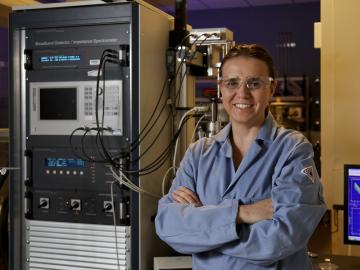
Vera Bocharova at the Department of Energy’s Oak Ridge National Laboratory investigates the structure and dynamics of soft materials.
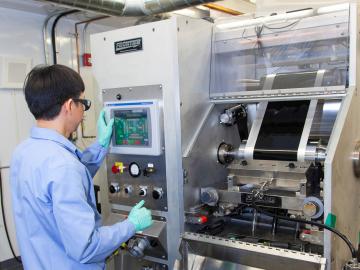
The use of lithium-ion batteries has surged in recent years, starting with electronics and expanding into many applications, including the growing electric and hybrid vehicle industry. But the technologies to optimize recycling of these batteries have not kept pace.
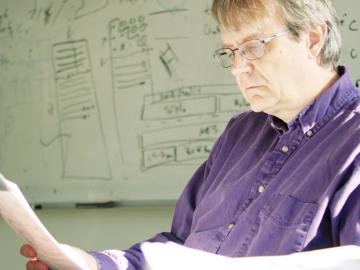
More than 1800 years ago, Chinese astronomers puzzled over the sudden appearance of a bright “guest star” in the sky, unaware that they were witnessing the cosmic forge of a supernova, an event repeated countless times scattered across the universe.

Gleaning valuable data from social platforms such as Twitter—particularly to map out critical location information during emergencies— has become more effective and efficient thanks to Oak Ridge National Laboratory.
OAK RIDGE, Tenn., Feb. 12, 2019—A team of researchers from the Department of Energy’s Oak Ridge and Los Alamos National Laboratories has partnered with EPB, a Chattanooga utility and telecommunications company, to demonstrate the effectiveness of metro-scale quantum key distribution (QKD).

OAK RIDGE, Tenn., Feb. 8, 2019—The Department of Energy’s Oak Ridge National Laboratory has named Sean Hearne director of the Center for Nanophase Materials Sciences. The center is a DOE Office of Science User Facility that brings world-leading resources and capabilities to the nanoscience resear...
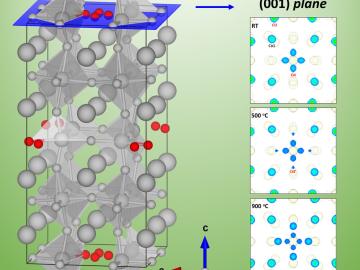
A University of South Carolina research team is investigating the oxygen reduction performance of energy conversion materials called perovskites by using neutron diffraction at Oak Ridge National Laboratory’s Spallation Neutron Source.
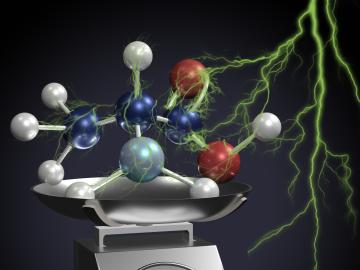
OAK RIDGE, Tenn., Jan. 31, 2019—A new electron microscopy technique that detects the subtle changes in the weight of proteins at the nanoscale—while keeping the sample intact—could open a new pathway for deeper, more comprehensive studies of the basic building blocks of life.
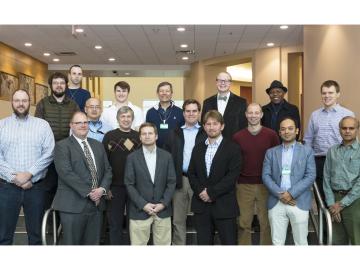
Quantum experts from across government and academia descended on Oak Ridge National Laboratory on Wednesday, January 16 for the lab’s first-ever Quantum Networking Symposium. The symposium’s purpose, said organizer and ORNL senior scientist Nick Peters, was to gather quantum an...



